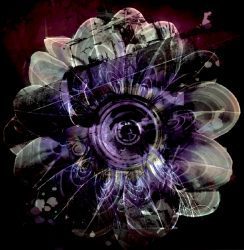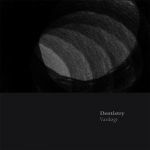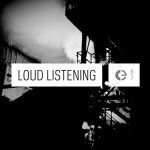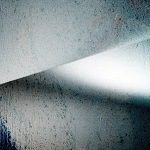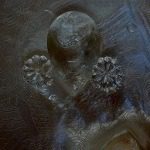Helios, Porzellan, North Atlantic Drift, Retina.it, Stefan Paulus
In the Shortlist sections, I will mention some of the albums that I enjoyed listening to, but couldn’t find the time (or the right words) for a “full” review for. Still, I think they deserve your attention: use the links to find more info and hear previews.
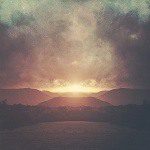
Helios – Moiety
I don’t think I can add much to the near-legendary status that Helios, a.k.a.Keith Kenniff, a.k.a.Goldmund has already earned – apart from the fact that this Godfather of Cinematic Romanticism offers this album as a free download to all his fans. In FLAC as well as MP3 format. I can only suggest a donation, because this album (and his overall work) deserves it.
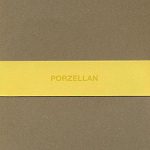
Porzellan – The Lost Library
Francis Cazal is a baroque violinist and composer, but – in his own words: “who cares”.
The sounds on this album are definitely more electronic than you might expect from that description.
“This is a bit more than music, but a bit less than something else.”
Anyway, this album clearly shows the work of a creator. 25 Minutes definitely worth investigating!

